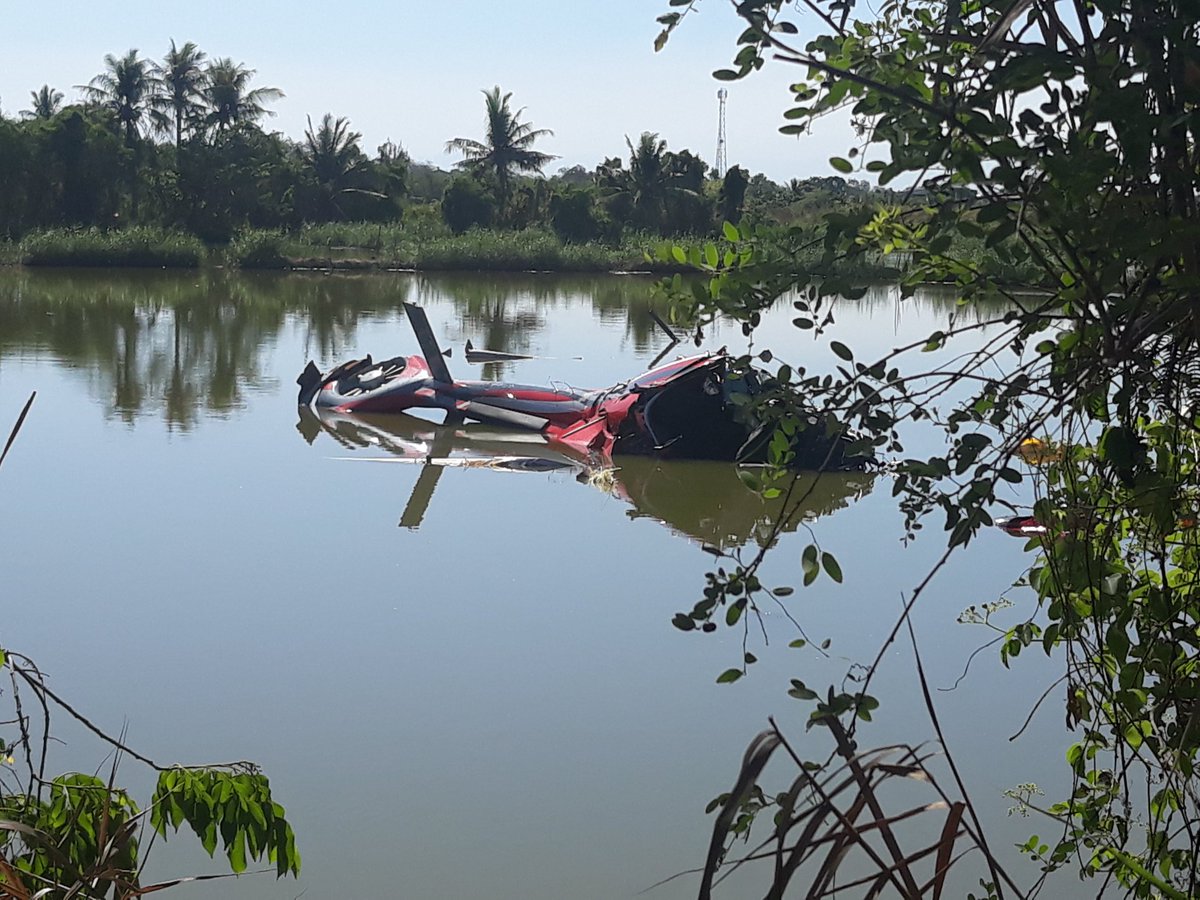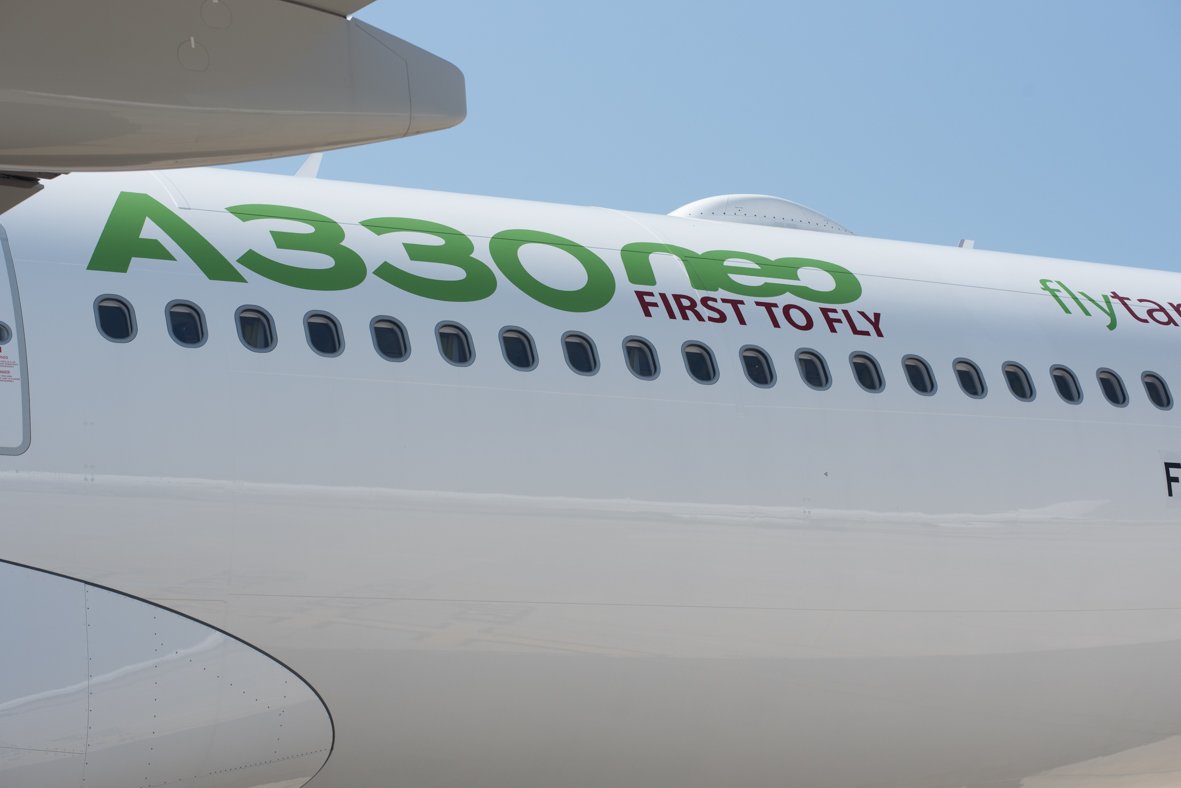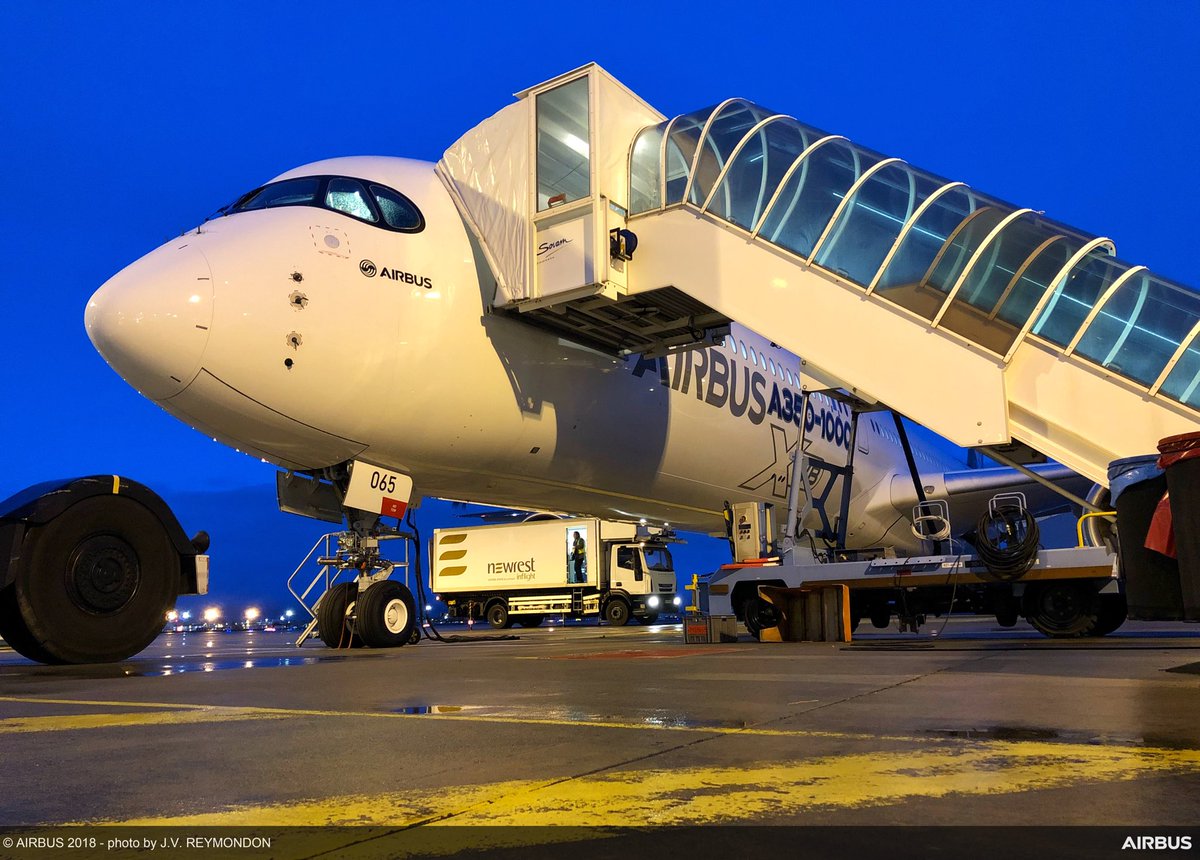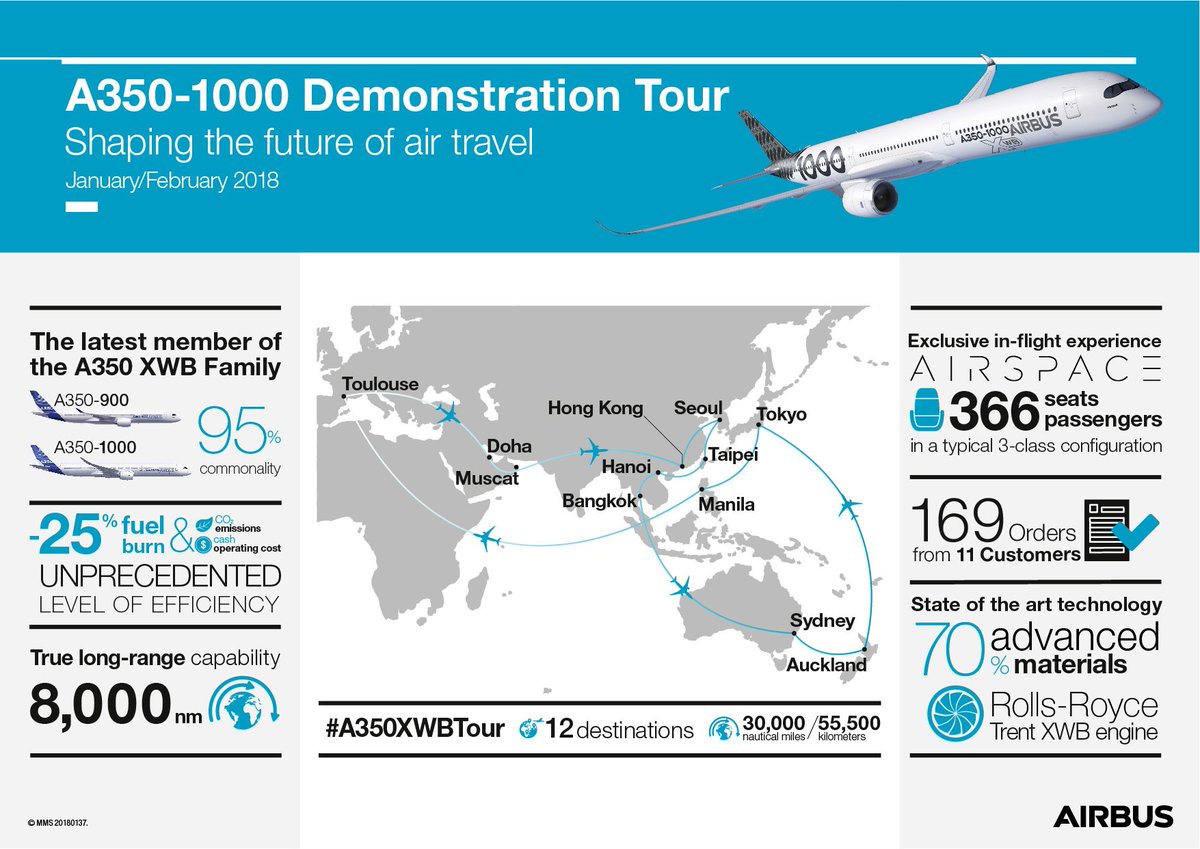 Montreal –
Montreal – Airbus SE (EPA: AIR) and Bombardier Inc. (TSX: BBD.B) become partners on the C Series aircraft programme after the former acquired the latter's C Series Jet programme in a deal that was sealed in 16 October.
Airbus will acquire a 50.01% interest in CSALP. Bombardier and Investissement Québec (IQ) will own approximately 30.09% and 19% respectively.
The agreement brings together Airbus’ global reach and scale with Bombardier’s newest, state-of-the-art jet aircraft family, positioning both partners to fully unlock the value of the C Series platform and create significant new value for customers, suppliers, employees and shareholders.
Bombardier's C Series jet seats 100 to 150 complementing Airbus A320NEO programme that offers 150-240 seats.
"This is a win-win for everybody! The C Series, with its state-of-the-art design and great economics, is a great fit with our existing single-aisle aircraft family and rapidly extends our product offering into a fast growing market sector. I have no doubt that our partnership with Bombardier will boost sales and the value of this programme tremendously,” said Airbus Chief Executive Officer Tom Enders.
Airbus will provide procurement, sales and marketing, and customer support expertise to the C Series Aircraft Limited Partnership (CSALP), the entity that manufactures and sells the C Series which is expected to strengthen and accelerate the C Series’ commercial momentum.
CSALP’s headquarters and primary assembly line and related functions will remain in Québec, with the support of Airbus’ global reach and scale. Airbus’ global industrial footprint will expand with the Final Assembly Line in Canada and additional C Series production at Airbus’ manufacturing site in Alabama, U.S. This strengthening of the programme and global cooperation will have positive effects on Québec and Canadian aerospace operations.
"Not only will this partnership secure the C Series and its industrial operations in Canada, the U.K. and China, but we also bring new jobs to the U.S. Airbus will benefit from strengthening its product portfolio in the high-volume single-aisle market, offering superior value to our airline customers worldwide." adds Enders.
“We are very pleased to welcome Airbus to the C Series programme,” said Alain Bellemare, President and Chief Executive Officer of Bombardier Inc.
“Airbus is the perfect partner for us, Québec and Canada. Their global scale, strong customer relationships and operational expertise are key ingredients for unleashing the full value of the C Series. This partnership should more than double the value of the C Series programme and ensures our remarkable game-changing aircraft realizes its full potential.”says Alain Bellemare.
Ownership Structure and Agreement Highlights
The C Series programme is operated by CSALP in respect of which Bombardier and IQ respectively hold approximately a 62% and a 38% interest. The Investment Agreement contemplates Airbus acquiring a 50.01% interest in CSALP. Airbus will enter into commercial agreements relating to (i) sales and marketing support services for the C Series, (ii) management of procurement, which will include leading negotiations to improve CSALP level supplier agreements, and (iii) customer support. At closing, there will be no cash contribution by any of the partners, nor will CSALP assume any financial debt.
Bombardier will continue with its current funding plan of CSALP and will fund, if required, the cash shortfalls of CSALP during the first year following the closing up to a maximum amount of US$350 million, and during the second and third years following the closing up to a maximum aggregate amount of US$350 million over both years, in consideration for non-voting participating shares of CSALP with cumulative annual dividends of 2%, with any excess shortfall during such periods to be shared proportionately amongst Class A shareholders.
Airbus will benefit from call rights in respect of all of Bombardier’s interest in CSALP at fair market value, with the amount for non-voting participating shares used by Bombardier capped at the invested amount plus accrued but unpaid dividends, including a call right exercisable no earlier than 7.5 years following the closing, except in the event of certain changes in the control of Bombardier, in which case the right is accelerated.
Bombardier will benefit from a corresponding put right whereby it could require that Airbus acquire its interest at fair market value after the expiry of the same period. IQ’s interest is redeemable at fair market value by CSALP, under certain conditions, starting in 2023. IQ will also benefit from tag along rights in connection with a sale by Bombardier of its interest in the partnership.
The Board of Directors of CSALP will initially consist of seven directors, four of whom will be proposed by Airbus, two of whom will be proposed by Bombardier, and one of whom will be proposed by IQ. Airbus will be entitled to name the Chairman of CSALP.

Subject to obtaining the required approval from the Toronto Stock Exchange, the transaction also provides for the issuance to Airbus, upon closing, of warrants exercisable to acquire up to 100,000,000 Class B Shares (subordinate voting) of Bombardier (representing approximately 5% of the aggregate issued and outstanding Class A Shares (multiple voting) and Class B Shares of Bombardier on a fully-diluted basis, and approximately 5% of the aggregate issued and outstanding Class A Shares and Class B Shares on a non-diluted basis), at an exercise price per share equal to the US$ equivalent of C$2.29, which represents the volume-weighted average price of the Class B Shares over the five trading days ending Friday, 13 October 2017. The warrants will have a five-year term from the date of issue, will not be listed and will provide for market standard adjustment provisions, including in the event of corporate changes, stock splits, non-cash dividends, distributions of rights, options or warrants to all or substantially all shareholders or consolidations.
The issuance of the warrants and their terms were negotiated between Bombardier and Airbus at arm’s length and will not materially affect control of Bombardier. Security holder approval will be required under Toronto Stock Exchange rules due to the fact that the warrants will be issued later than 45 days from the date upon which the exercise price was established. Such approval is expected to be obtained by way of written consent of shareholders holding more than 50% of the voting rights attached to all of Bombardier’s issued and outstanding shares.
The transaction has been approved by the Boards of Directors of both Airbus and Bombardier, as well as the Cabinet of the Government of Québec. The transaction remains subject to regulatory approvals, as well as other conditions usual in this type of transaction. There are no guarantees that the transaction will be completed and that the conditions to which it is subject would be met. Completion of the transaction is currently expected for the second half of 2018.














